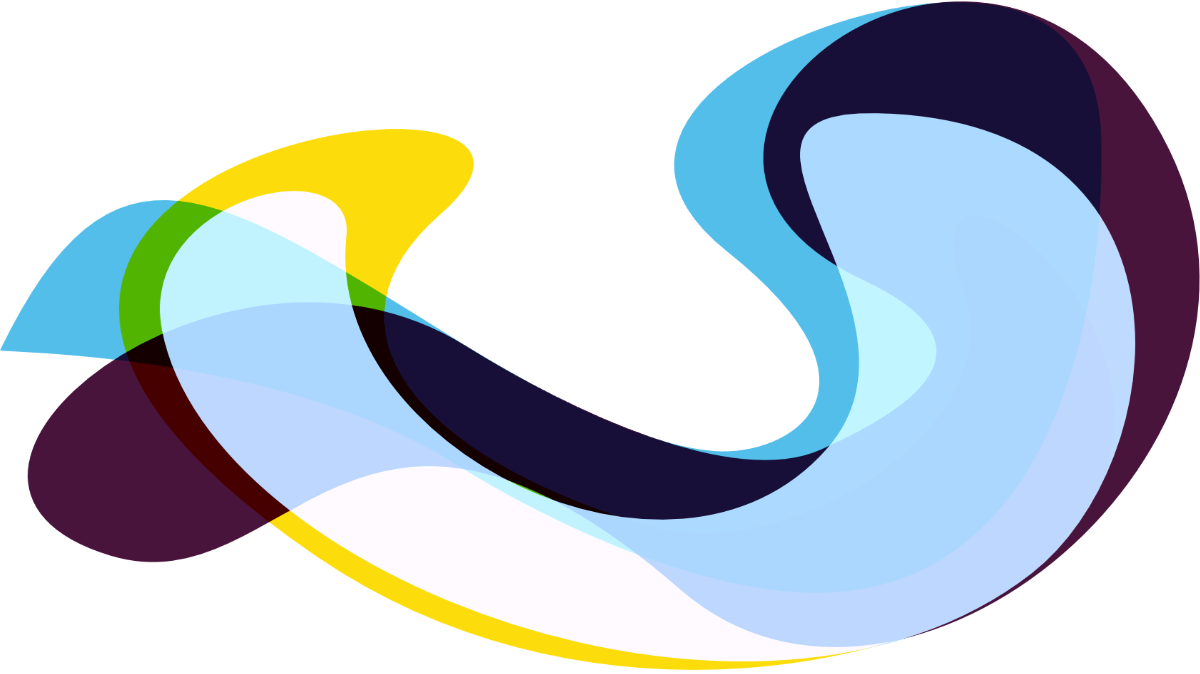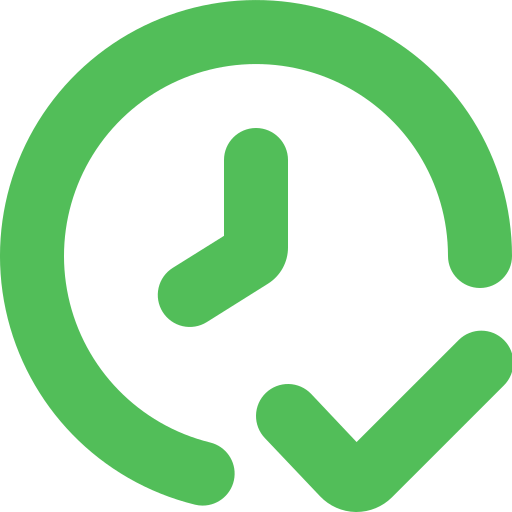Please describe your proposed solution.
Static NFTs (ERC-721, ERC-1155) are currently the most common type of NFT, used for the most part by NFT art projects and play-to-earn game projects and as digital collectibles. Beyond these use cases, they also offer a unique value proposition for digitizing items in the real world, such as real estate deeds, patents, and other unique identifiers.
However, this model is limited by the permanence of static NFTs, because the metadata attached to them is fixed once they’re minted on a blockchain. Use cases such as tokenizing real-world assets, building progression-based video games, or creating blockchain-based fantasy sports leagues often require data to be updated. dNFTs (ERC-725X, ERC-725Y) offer a best-of-both-worlds approach, with NFTs retaining their unique identifiers while being able to update aspects of their metadata.
Put simply, a dynamic NFT is an NFT that can change based on external conditions. Change in a dynamic NFT often refers to changes in the NFT’s metadata triggered by a smart contract. This is done by encoding automatic changes within the NFT smart contract, which provides instructions to the underlying NFT regarding when and how its metadata should change.
Dynamic elements besides metadata changes can also exist. For example, dynamic NFTs can be minted based on certain conditions, such as when a hidden spot is found in an augmented reality application. Dynamic NFTs can also house “hidden traits” manifested through user interactions instead of within the metadata. As fully unique and customizable tokens, NFTs can be programmed in an infinite number of ways. However, most dynamic NFTs must implement some form of metadata change in order for non-technical users to “see” the changes.
An example for applying NFT 2.0 (dNFT) to NFT game
For example, we have an NFT 2.0 hero in the game. After you play and upgrade that hero, the hero's stats will be updated data on-chain to that hero's NFT by the issuer through oracle.
NFT information will not be lost when the game server crashes. Because we can completely use checkers to get the information of the NFT and recover it on the server or even we can build a new game based on current NFT information.
Since NFT 2.0 can update data on the blockchain, different games can use NFT 2.0 together. This makes an NFT usable in many different games. Creating interoperability and future Metaverse development. The value of NFT is also greatly enhanced because it is used in many different games.
We will build a DAO on the NFT 2.0 Integration platform (we are building this platform to help NFT publishers make their own NFT 2.0 on Cardano. We have proposed a proposal for this platform: ………….).
Users of our platform can vote to add more assets to their NFT 2.0. This DAO will provide them with full decision-making power with the NFT they own.
We have a lot of partners providing digital assets such as: NFT games, music, art, …. Digital asset providers can list their digital assets on our platform
Users can vote to add digital assets on our platform to user’s NFT 2.0 (plus asset fees specified by the digital asset provider). Each asset added to a user's NFT 2.0 increases their NFT value. Voting power is determined based on the number of NFT 2.0 users own
Please describe how your proposed solution will address the Challenge that you have submitted it in.
Our NFT 2.0 integration platform will help increase the value and number of NFTs on the Cardano platform (Because it is multi-assets NFTs. Different projects can use the same NFT to add value to the NFTs. If an NFT issuer shuts down their server, the NFT still exists because it has other assets).
NFT 2.0 is a new generation of NFT that can help create a metaverse on Cardano.
NFT games can update hero or item stats on-chain to ensure all user NFT information is not lost when the game server goes down. Different games can use the information of an on-chain game to create interactivity with their game.
NFT and NFT games can integrate NFT 2.0 into their projects to increase NFT sustainability and interoperability
Our DAO will provide users full decision-making power with the NFT they own. More digital assets were added to DAO, and more transactions on Cardano. Amount of assets on Cardano also increased.
What are the main risks that could prevent you from delivering the project successfully and please explain how you will mitigate each risk?
<u>The first month</u>
- Build NFT 2.0 platform
- Build DAO platform for NFT 2.0
<u>The second month</u>
- Release NFT 2.0
- Find partners to list their digital assets on DAO
- Marketing NFT 2.0 to communities
<u>The third month</u>
- Selling NFT 2.0 for the first time
- Making the first voting round for 5 assets on NFT 2.0 (top 5 assets that were voted the most on platform will be updated to NFT 2.0)
We have proposed 4 proposals in this fund:
Game Play To Earn from EVM Network: <https://cardano.ideascale.com/c/idea/420887>
NFT Game Marketplace from EVM Chain: <https://cardano.ideascale.com/c/idea/420897>
Dynamic NFT Platform (Next Gen NFT): <https://cardano.ideascale.com/c/idea/420904>
DAO for multi-asset NFT
We are 3 companies
DareNFT: https://darenft.com/
Paditech: https://www.paditech.com/
Trustkey: https://trustkeys.network/
implementing these 4 proposals with more than 200 developers, so we have enough resources to implement all 4 proposals separately.

